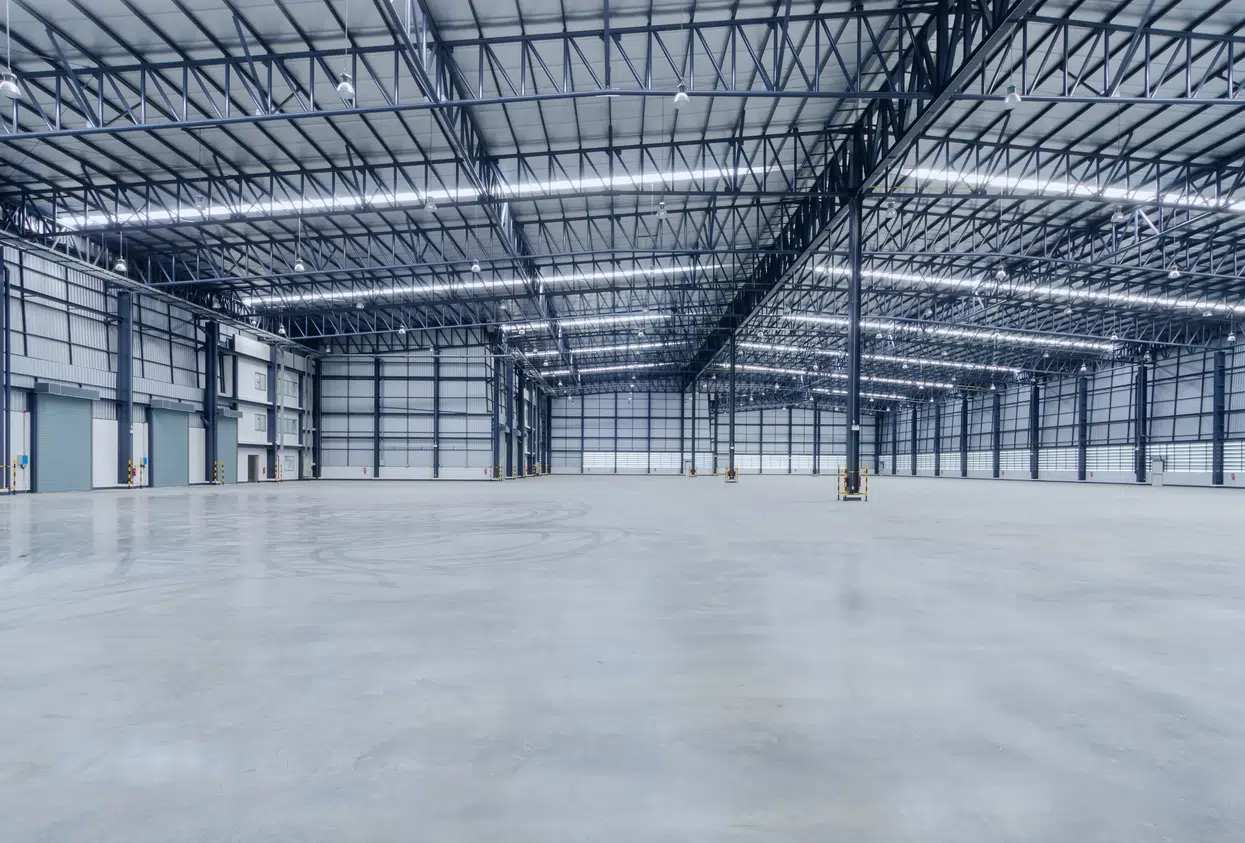As we step into the new year, the world of home design is thriving with fresh new styles that mirror our developing lifestyles and preferences. Whether you're considering a full renovation, searching to update a specific space, or just seeking ideas to enhance your home, this year promises creative ideas that smoothly blend style, practicality, and eco-friendliness. The focus on creating cohesive looks across different areas of your home has never been more important, as homeowners aim to establish balance with continuity between areas.
From the clever combining of fabrics to the intentional use of color psychology, the latest styles are designed to speak to our individual tastes while catering to practical needs. This article will explore the best interior design trends to watch, practical tips for remodeling on a limited budget, and the vital role of tech innovations in current home decor. Curious about green materials and sustainable practices? We've got you covered. Come along as we delve into the exciting possibilities that this year holds for interior design and remodeling.
Current Trends and Developments
This time is experiencing a notable transition in interior design, focusing increasingly on eco-friendliness and intelligent solutions. Green materials are gaining mainstream, with creators choosing upcycled and recycled resources to create beautiful spaces that lessen ecological footprint. This trend not just boosts visual value but also integrates a notion of duty, matching with the increasing consumer demand for greener living choices.
Another important trend is the return of minimalism, defined by clean lines and an uncluttered approach. Homeowners are adopting the idea that less is more, enabling each aspect in their environment to shine. This movement beautifully pairs well with the warehouse look, which blends natural elements like metal and wood for a rugged yet elegant design. Together, these approaches create a unified blend of beauty and usability.
One of the most thrilling elements of this season's movements is the integration of color psychology in interior design. Homeowners are growing conscious of how shades influence mood and happiness, causing to more thoughtful color selections. From calming blue tones in sleeping areas to vibrant yellows in kitchens, the psychological impact of shades is influencing the way areas are created, making sure that interiors not only appear attractive but also feel good to live in.
Effective Design Strategies
Building a unified look between rooms is important for a serene home. One successful strategy is to maintain a cohesive color selection throughout your home, making sure that each room feels related. By selecting matching colors for paint, furnishings, and ornaments, you can create visual continuity that leads the eye effortlessly from one space to the next. Additionally, incorporating comparable design features, such as light sources or ornamental pieces, can further enhance this unified aesthetic.
Mixing textures is another important strategy that can elevate the overall design of your interiors. Mixing different materials, such as soft textiles, shiny metals, and natural woods, adds depth and character to any setting. Consider use a combination of textiles for upholstery, curtains, and cushions to create a textured experience that encourages comfort and warmth. Balancing these textures thoughtfully can create a vibrant atmosphere while still remaining aligned and intentional.
Finally, grasping color theory can considerably influence the atmosphere of your home. Different colors trigger various emotions and feelings, so it is important to pick hues that match with the mood you wish to create. For instance, soothing blues and greens can promote tranquility, while vibrant reds and oranges can energize a place. By strategically choosing colors for individual rooms, you not only increase their utility but also reflect your style and aesthetic within each space.
Green and Classic Spaces

Building a sustainable interior involves using eco-friendly materials and methods that minimize environmental impact while guaranteeing durability. Using repurposed wood, upcycled metals, and naturally sourced fabrics not only helps to environmental conservation but also infuses character and distinctiveness to a room. Coastal Haven Design promote the selection of materials that endure the test of time, allowing homeowners to design spaces that remain relevant and attractive for years to come.
To achieve a enduring look, concentrate on traditional color schemes and design elements that convey a sense of stability rather than temporary trends. Neutral tones combined with thoughtfully chosen accent colors can foster a peaceful atmosphere, while traditional architectural features like ornate moldings and paneling add depth and sophistication. Merging these elements with green choices can yield a home that appears both elegant and thoroughly modern.
Incorporating smart technology in a sustainable interior boosts usability while promoting energy efficiency. Devices like automated temperature controls, energy-efficient lighting, and eco-friendly appliances integrate seamlessly with enduring design, guaranteeing that style do not compromise performance. By weaving together sustainability and timeless design, homeowners can create interiors that are not only beautiful but also support a more sustainable planet for posterity.
